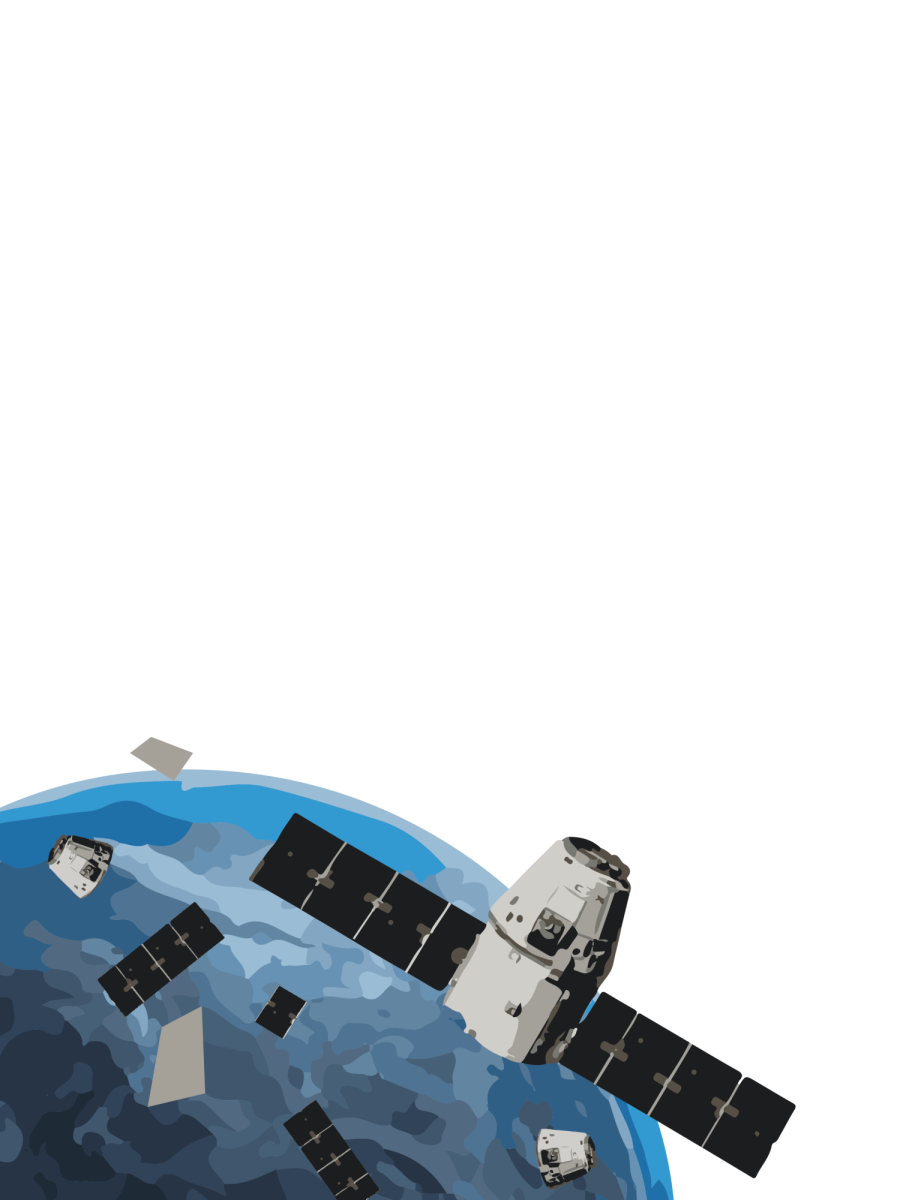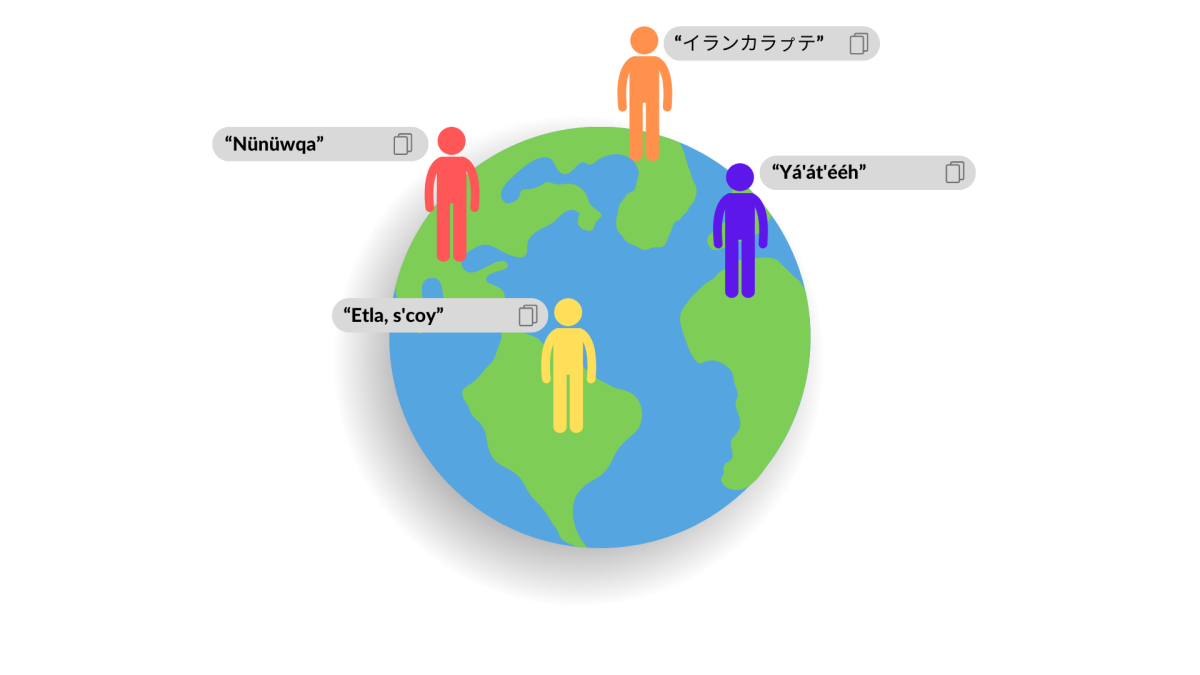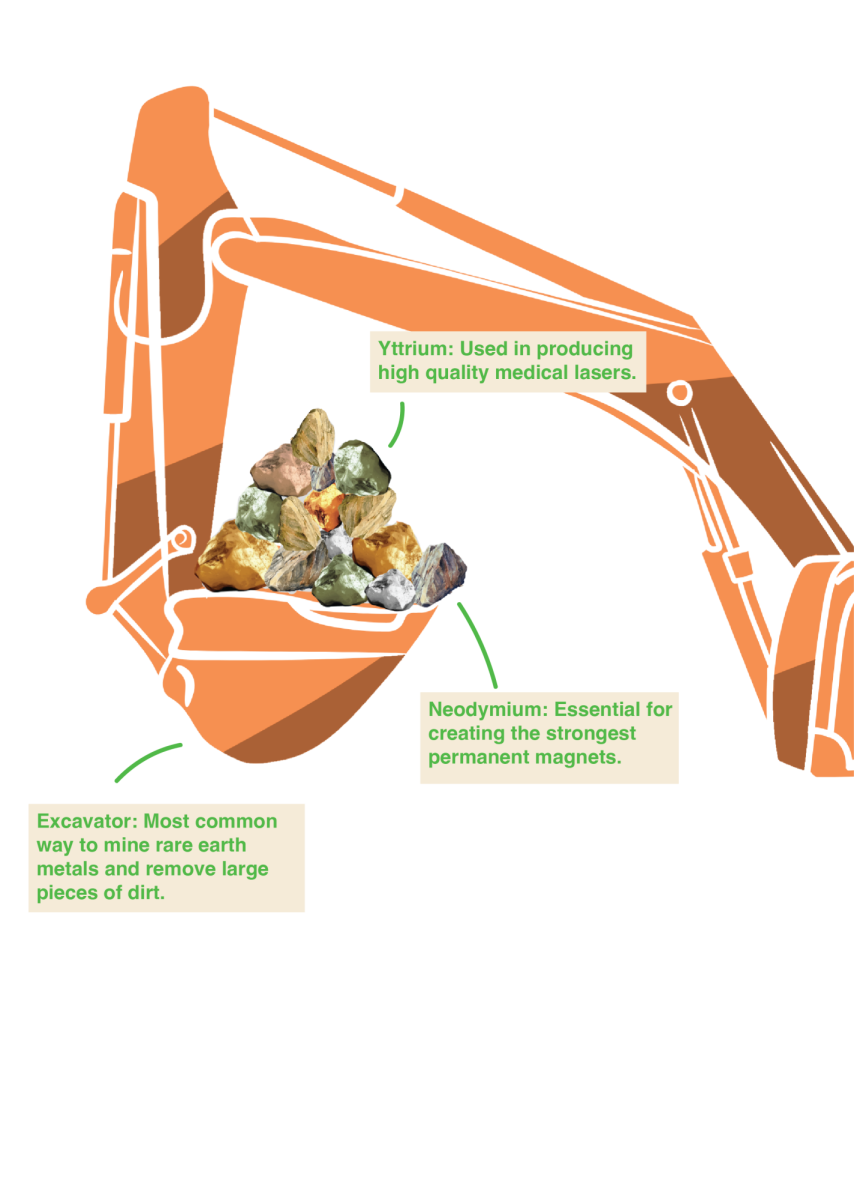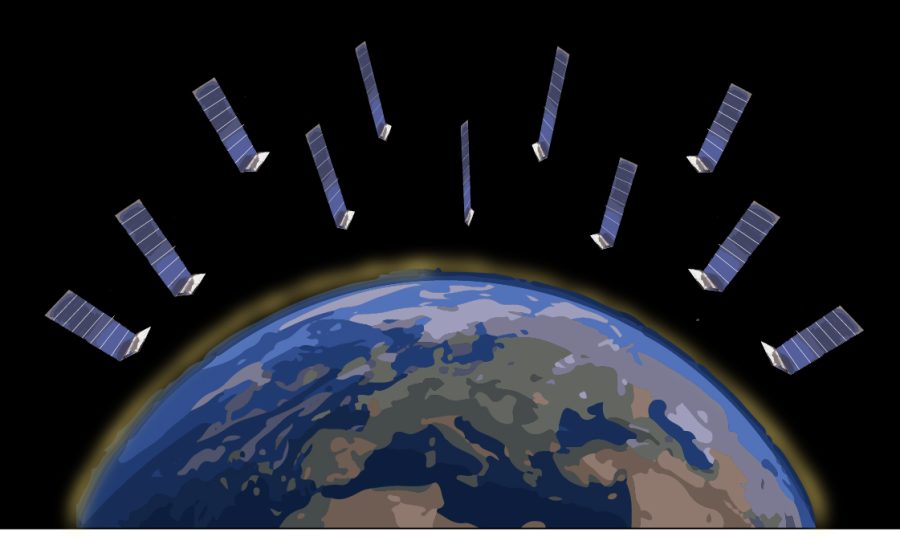It was an ordinary day in Naples, Fla. The sounds of waves hitting against the sandy shore. The smell of salt lingered in the calm air. Suddenly a loud terrifying sound instilled fear within the community — KABOOM! Florida man Alejandro Otero was traveling overseas when he received a panicked call from his son back home. A mysterious object had torn a colossal sized hole through his roof — that object was none other than a piece of space debris. It was later recognized as a pallet of old batteries that had been expected to re-enter Earth later that day according to the Washington Post.
While this may seem like some sort of rare occurrence, statistics would say otherwise. Scientific models estimate that space debris is rapidly occurring near our planet. The European Space Agency recorded over 170 million objects larger than 1 mm and 670,000 items larger than 1 cm orbiting our planet currently.
While space debris consists primarily of human waste, it can also include pieces of old spacecraft, specks of paint and explosions of satellites generating enormous amounts of space debris.
These objects move faster than a bullet, posing an incredible risk to space exploration.
Space junk poses a threat to exploring space.
“As the amount of space junk increases, it becomes more dangerous to launch from the Earth,” director of the Stephen W. Hawking Center for Microgravity Research and Education Philip Metzger said. “It becomes harder to avoid running into it. We can’t track all of the space junk since even a little tiny piece like a flake of paint can cause real damage to a space.”
What’s more dangerous is that such “junk” blocks the night sky.
“It obscures the night sky so whenever you’re looking at the stars instead of just looking purely at the stars, you’ve now got all sorts of things in between them and these all reflect the sun,” science teacher Dr. Mortimer said.
Private and government space corporations including NASA and SpaceX have reportedly emitted a great deal of space junk. According to Space.com, “SpaceX’s Starlink satellites now make up 40% of reentering satellite debris.”
Despite imposing regulations onto individual corporations, international space laws have made it challenging for nations to solve the problem. In order to create change,
an overarching law that all countries abide by must be followed.
Orbital debris is not currently addressed in any international law.
“The issue that I think is coming in here is that space at the moment is international,” Mortimer said. “I don’t think just making a law in America would help that. I think this would need to be international laws that would be enforced.”
Companies from all over the world have come together during such a crucial time to remove space junk. In fact, at only 18 years old, Trinity alum Amber Yang improved the way space junk is tracked by creating an algorithm that recognizes patterns in how space junk moves and changes orbit.
Furthermore, startups have designed innovative solutions for combatting the junk.
“These bigger pieces of space junk could be deorbited or they could be brought to a higher orbit to get them out of the way,” Metzger said. “You can use lasers to make the space junk dead orbit and burn up in the atmosphere the way you do that is as the space junk is flying along you.”
However, the general public has very limited knowledge of this issue.
“[The public] thinks that it’s some abstract thing,” Metzger said. “They don’t realize that space junk destroys satellites and those satellites are important to our everyday lives.”
Limited media coverage has contributed to not effectively addressing this issue.
“We need to start talking about exactly what is going on there,” Mortimer said. “At the moment, the only people that are complaining about it are the amateur astronomers.”
While it may be challenging to create any significant change, individuals can advocate against large space companies worldwide.
With space junk becoming a more pressing issue now than ever, the solutions to help mitigate this issue lies in the hands of the people.











